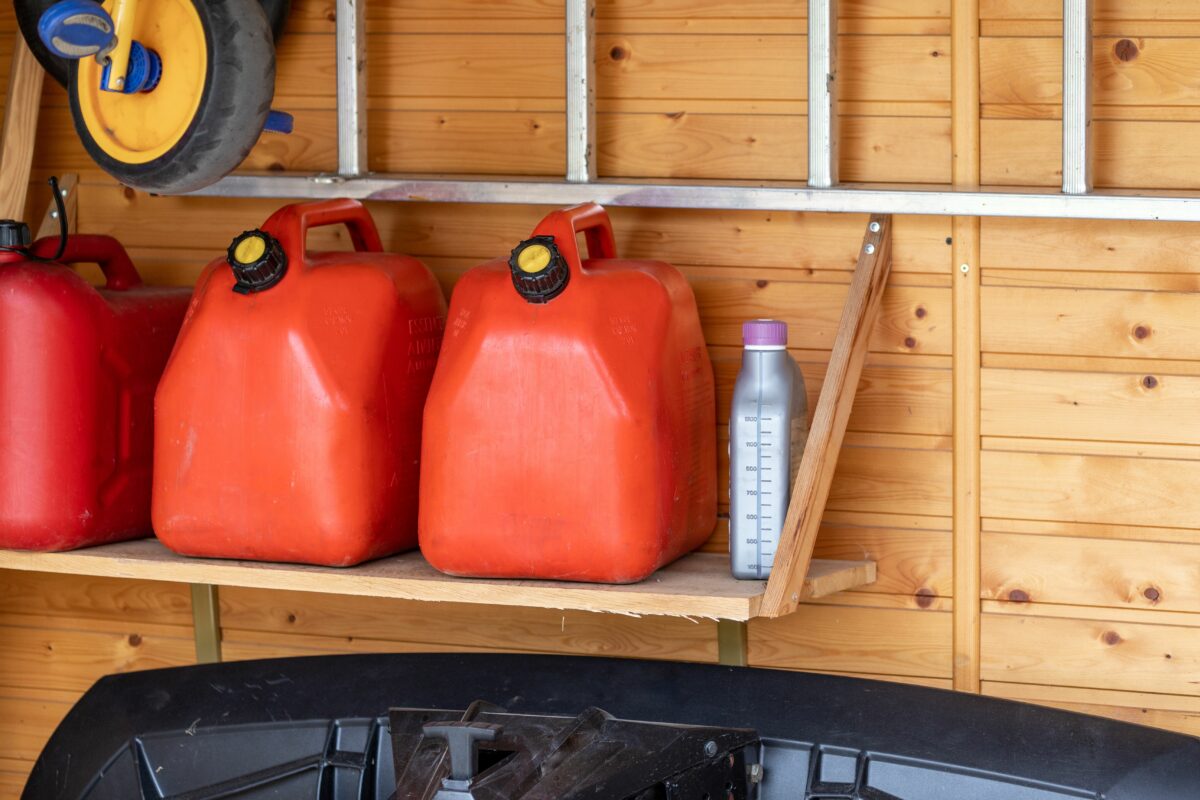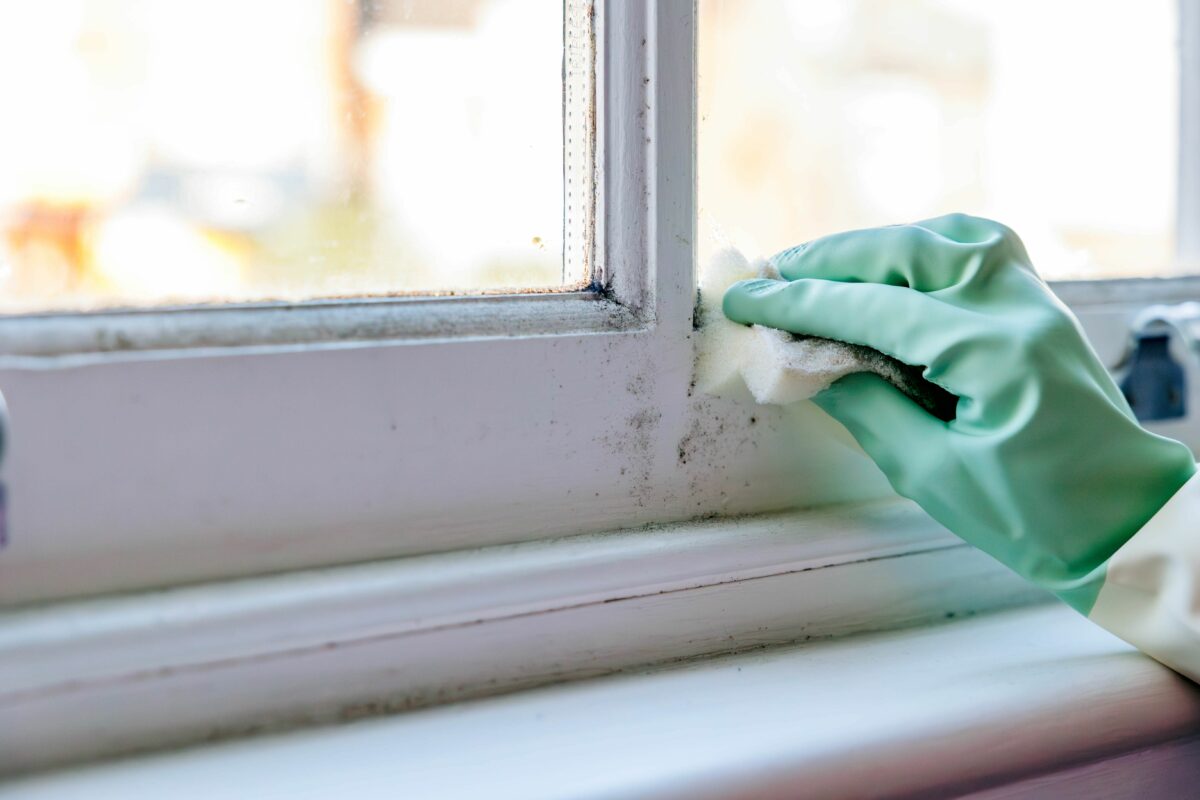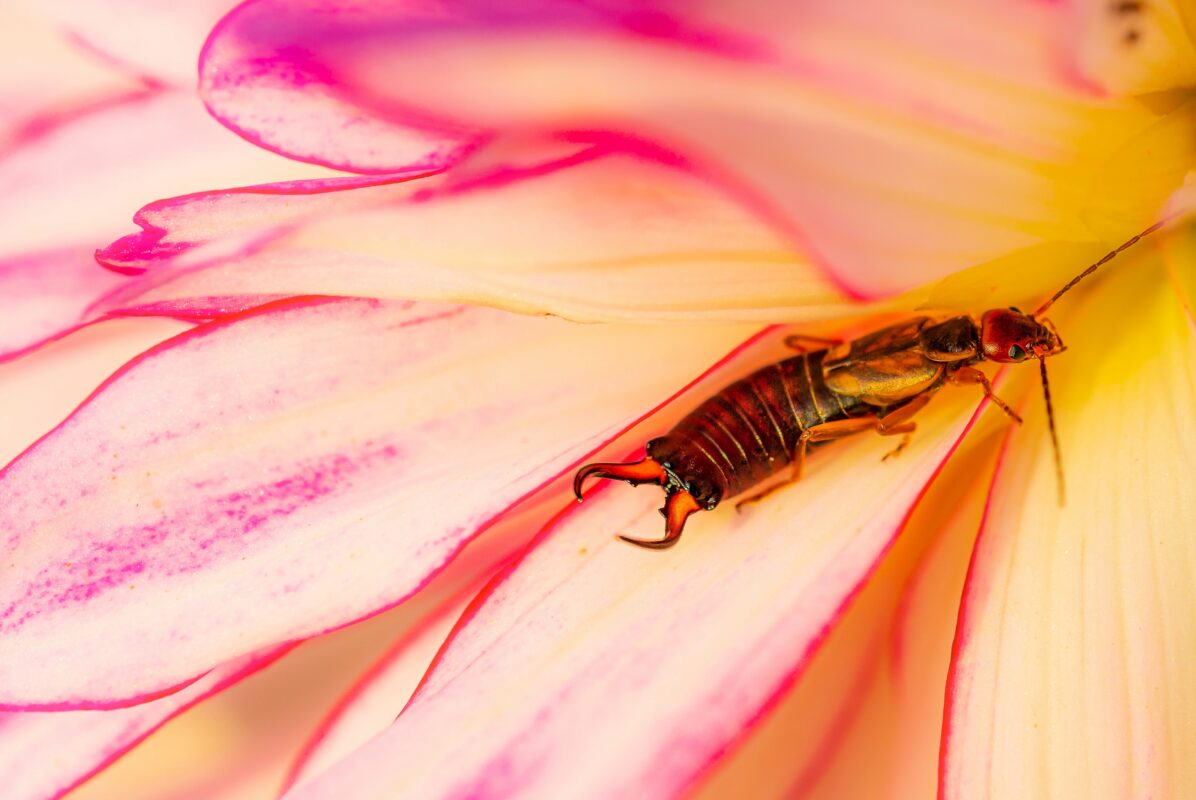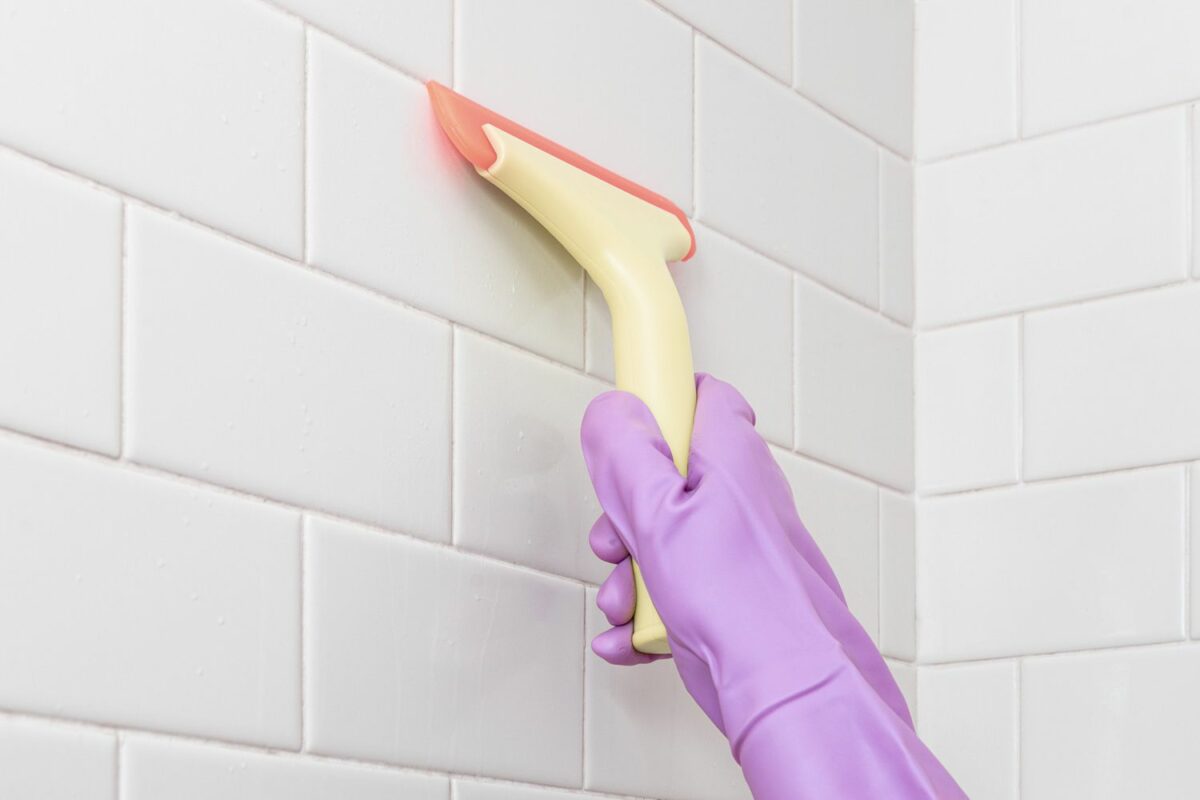Like termites, carpenter ants can wreak havoc on your home. However, they don’t actually eat wood; rather, they excavate wood to build their nests. In nature, they are invaluable, as they help break down dead trees and fallen logs. However, when they tunnel through the wood of a home, their nest-building activities can weaken and compromise the home’s structural integrity. This damage is costly to repair and can lead to significant safety hazards. Early detection is key. Here is how to get rid of carpenter ants as quickly as possible.
Damage Caused by Carpenter Ants
As they tunnel through wooden structures to gather materials for their nests, carpenter ants create smooth, clean lines in the wood of door casings, windowsills, joists, wall studs, porch pillars, crawlspaces, around sinks or tubs, foundations, and support beams. This damage erodes the wood’s ability to support the weight of everything resting on top of it.
They rarely tunnel into dry, sound wood. Instead, they are drawn to moist wood that’s already prone to rot. Carpenter ants can also excavate insulation.
How to Identify a Carpenter Ant
Various species of wood-excavating carpenter ants exist, but the most common home invader is the black carpenter ant (Camponotus pennsylvanicus). These ants are easily distinguished from others because of their reddish or black color and long size, ranging from 3/8 to 3/4 of an inch. Adult males and females both develop wings during the breeding season.
How to Get Rid of Carpenter Ants
Try these ways to eliminate carpenter ants, including natural DIY methods, store-bought products, and chemical-based insecticides.
1. Eliminate the Nests
Carpenter ants are challenging to eliminate because they tend to build a central nest outside—in a wood pile or old tree stump—and several satellite nests indoors. If you locate a nest in your home, you can destroy it by drilling holes and spraying boric acid into the nest and its network. Dilute boric acid with water to make a homemade solution. Regularly spray the solution in multiple locations for the best results. Alternatively, you can apply diatomaceous earth or insecticidal dust near the nest entrances or in areas of ant activity.
2. Reduce Moisture Levels
Carpenter ants are attracted to moist environments because they prefer nesting in damp or decaying wood. To discourage their presence, solve moisture and leaks in and around your home. Repair leaky pipes, improve ventilation, and eliminate standing water. If you already have an infestation, you must reduce moisture and exterminate the existing bugs.
3. Destroy Scent Trails
Carpenter ants rely on scent (pheromone) trails to find food sources. Destroy the attraction to your home by thoroughly cleaning surfaces where ants have traveled. Use ammonia-based products, vinegar, or essential oils such as tea tree, peppermint, or citrus. Mix the repellants with water and spray them directly onto ants or around nests.
4. Apply Insecticides
For severe infestations, insecticides formulated specifically for carpenter ants can effectively eliminate them. These products may contain bifenthrin, deltamethrin, or permethrin. Microbial insecticides containing Beauveria bassiana or Metarhizium anisopliae fungi are environmentally friendly options that are rarely harmful to humans. Nevertheless, always follow manufacturer instructions carefully for the safe use and application of pesticides.
5. Bait and Trap
There are two types of baits: protein- and sugar-based baits. Whether alone or in combination, baits placed on the path between your home and the parent colony can stop carpenter ants in their tracks. A simple trap consists of equal parts sugar and baking soda in a bowl. Sugar attracts the ants, and baking soda kills them.
6. Call the Pros
While DIY methods can be adequate for minor carpenter ant infestations, severe cases may require professional intervention. With carpenter ants, time is of the essence. Waiting too long can jeopardize your safety. Call pest control experts to ensure the job is done well before carpenter ants cause irreparable damage.
The Best Way to Prevent Carpenter Ants
It’s easier to prevent carpenter ants than it is to treat an infestation. Try a multifaceted approach. Regular lawn care and tree maintenance can help. Routinely trim back bushes and branches. Inspect the area around your home and yard for decaying wood. If you spot any, remove or treat wet or rotting wood immediately. Clear wood piles and stack firewood far away from your house.
Inside your home, make the space inhospitable for carpenter ants to survive. Repair any plumbing or roof leaks. Replace damaged wood throughout your home—seal cracks around windows, doors, and any openings to the house. Ensure attics and basements are well-ventilated to avoid moisture build-up. At the first sign of what sounds like wood gnawing or what looks like sawdust, take action to eliminate any unwanted pests making themselves too comfortable in your house.











